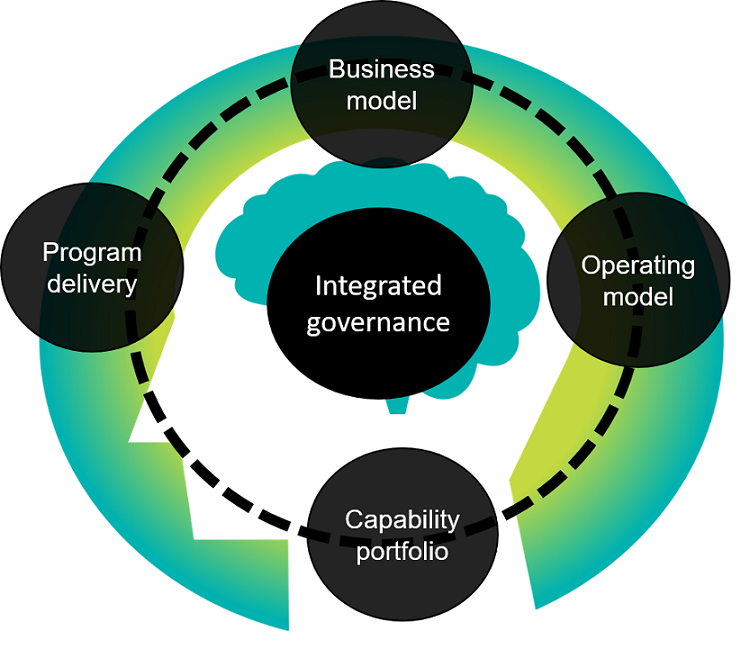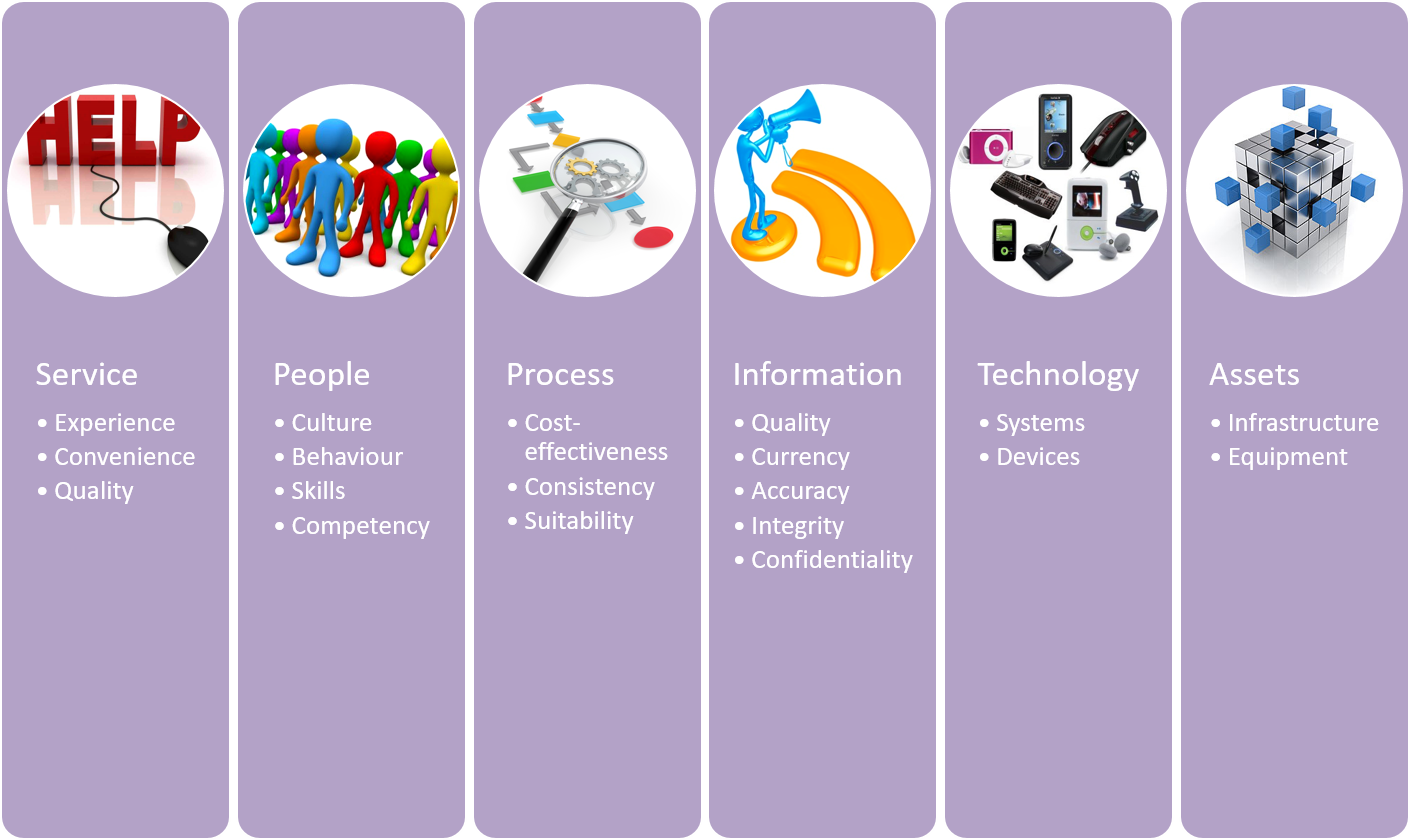Are you cultivating the capabilities your enterprise needs for the future? How do you know what capabilities you will need? How do you choose which capabilities to develop or strengthen sooner rather than later?
Last year, my son drew my attention to “Time for a new consensus”, subtitled “Fostering Australia’s comparative advantages” – an essay by Jonathan West and Tom Bentley, published by the Griffith Review. The essay in full is a very interesting read, but in this article I just want to pick up a couple of thoughts which caught my attention:
… the deeper problem is that the assumptions underpinning our current (political) consensus no longer fit Australia’s circumstances
and
… a new consensus must focus on how we construct comparative advantage in the Australian economy, by shifting from static, one-off efficiency reforms to dynamic, capability-enhancing investments
These reflect common themes facing many industries and many organisations
- market disruption, laying waste our existing operating assumptions
- developing dynamic capabilities, enabling greater flexibility and agility in responding to market / environmental changes, whether they represent disruptive forces or new opportunities
This aligns with key elements of the enterprise transformation lifecycle that underpins our work in developing next generation leaders and enterprises.
Using this lifecycle, we:
- explore business models and operating models, exposing, testing and adjusting assumptions that we make about our organisation and the ecosystem within which it operates
- maintain business models and operating models, informing the progressive development of a dynamic organisational capability portfolio
- assess and develop these organisational capabilities through consideration of a number of different dimensions, including culture, process, practice, systems, assets and other resources
What do we need to do to successfully cultivate a capability?
We need to consider the different composite elements of a capability, be it an organisational capability or a technology-based capability. The inclusion of attention to people, culture, practices, attitudes, behaviour, leadership is one of the reasons that we have chosen to describe the work of defining and realising organisational capabilities as an act of cultivation – helping to underscore the cultural and social elements that are equally important as other elements of these capabilities.
How do we choose which capabilities to develop? Through reconsideration of our business models and operating models, establishing an understanding of which will make the most significant contribution to enterprise viability and sustainability and where capability inter-dependencies exist that influence timing and sequencing.

